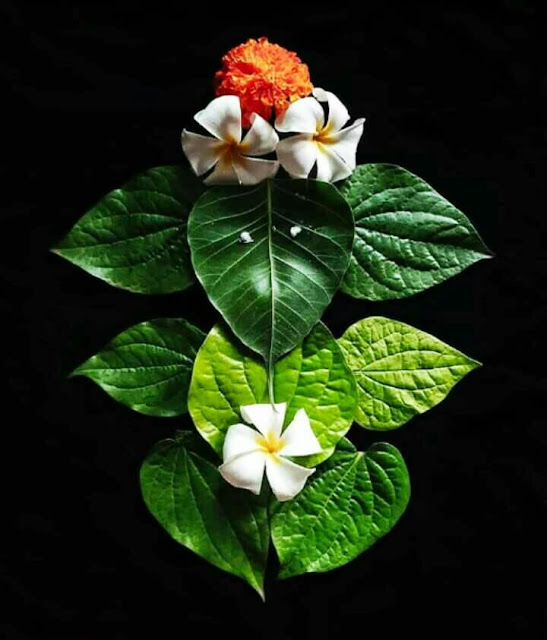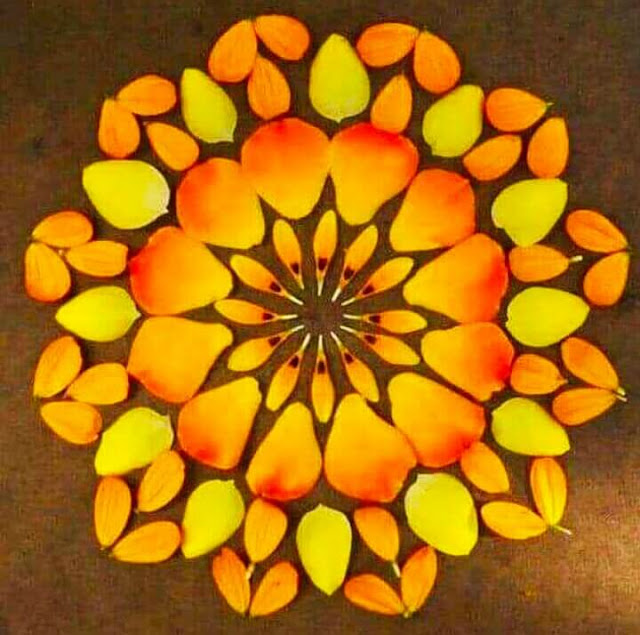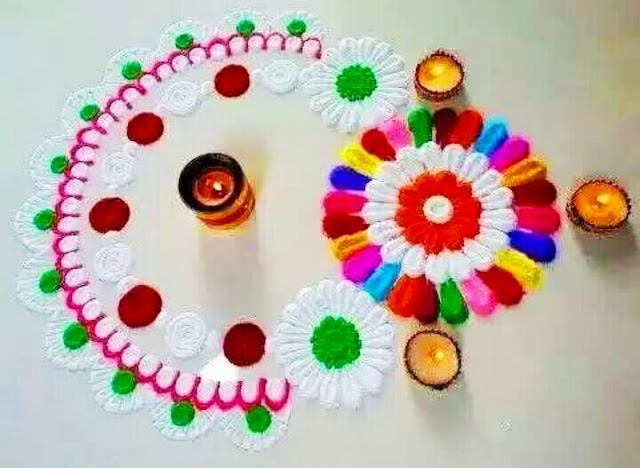Hello friends, you are very welcome to Mixing Images. I am your dear friend Vikas Yadav. Friends, in today's post, we are going to talk about Rangoli Design Images. Friends, in today's post, I am going to post for you some lovely and beautiful images of Rangoli Design, which you will be very happy after seeing. So let's start again.
Rangoli Design Images
 |
| Rangoli Design Images |
 |
| Rangoli Design Images |
 |
| Rangoli Design Images |
 |
| Rangoli Design Images |
 |
| Rangoli Design Images |
 |
| Rangoli Design Images |
 |
| Rangoli Design Images |
 |
| Rangoli Design Images |
 |
| Rangoli Design Images |
 |
| Rangoli Design Images |
 |
| Rangoli Design Images |
 |
| Rangoli Design Images |
 |
| Rangoli Design Images |
 |
| Rangoli Design Images |
 |
| Rangoli Design Images |
 |
| Rangoli Design Images |
 |
| Rangoli Design Images |
 |
| Rangoli Design Images |
 |
| Rangoli Design Images |
 |
| Rangoli Design Images |
 |
| Rangoli Design Images |
 |
| Rangoli Design Images |
 |
| Rangoli Design Images |
 |
| Rangoli Design Images |
Friends, I hope you have liked today's post if you like this post of mine, then you like and share this post of mine. Do not forget to comment.


![5555+ WhatsApp DP Images 2025 [ New & Stylish WhatsApp DP ]](https://blogger.googleusercontent.com/img/a/AVvXsEg95BfLEowtFnLtY0Il-OSnzA76svLtx8rt7iXrP02lzt0U-y2AHvAhQFdIMHg97mkNEBk6mB9z2cDEusvytmRIYatQLaGhPeZbmVKP0hTcPe2dxRSKw9LydaR2N3t5TOrDor018-2ttJcGzBUgjgqO4mU_pxF-2gw4zEAZ4tWQNydtUyrGsYH6CVrZ=w680)




0 Comments
If You Have Any Doubts. Please Let Me Know.